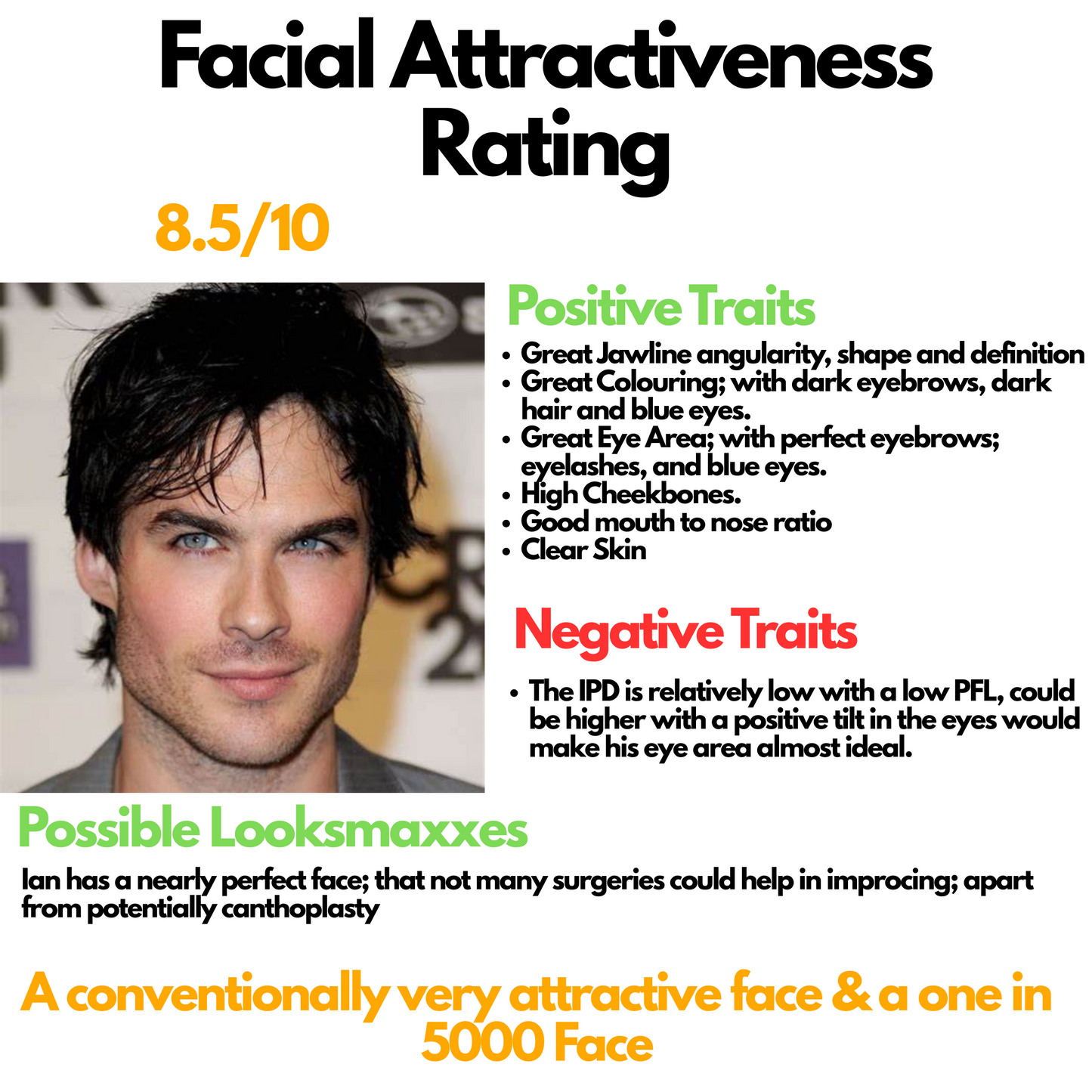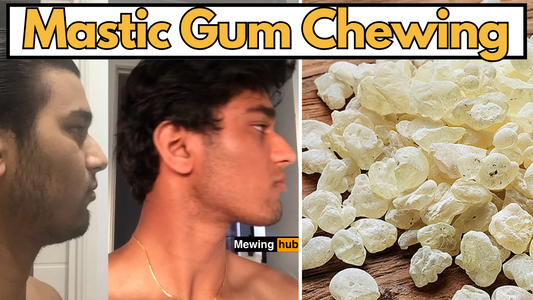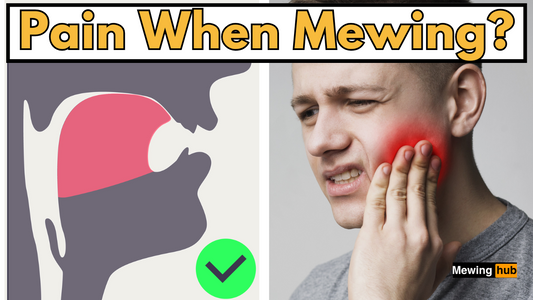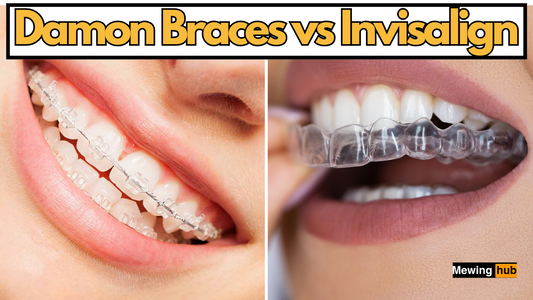How Long Do You Wear Rubber Bands After Jaw Surgery? A Complete Guide
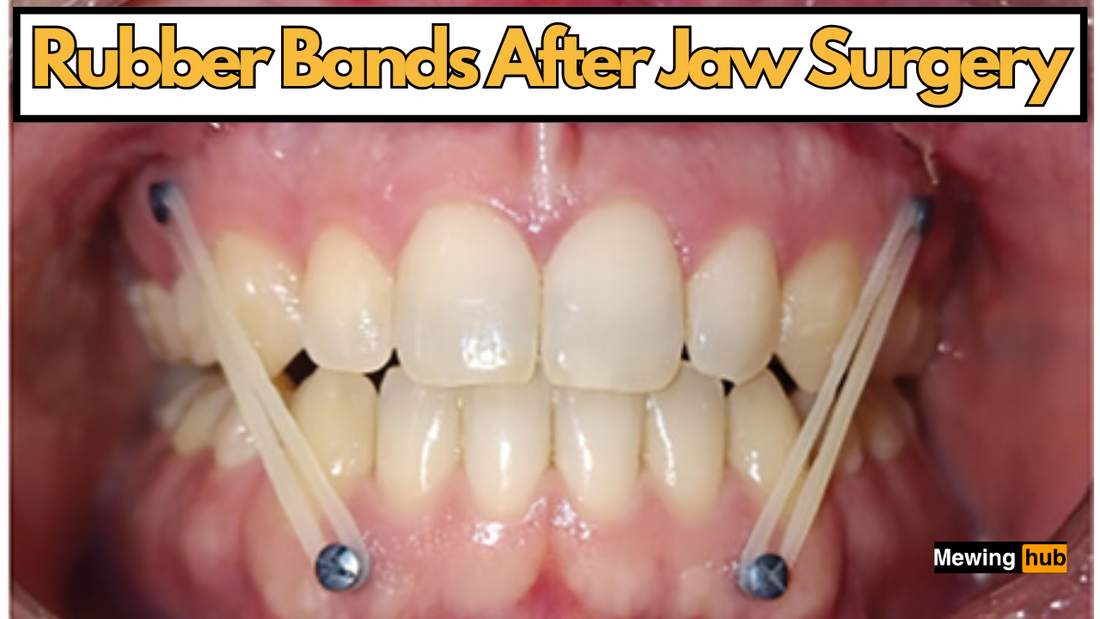
Partager
Jaw surgery, also known as orthognathic surgery, is a significant procedure that can dramatically improve both function and aesthetics of the jaw. One crucial aspect of the recovery process is the use of elastic bands.
But how long do you wear rubber bands after jaw surgery? This comprehensive guide will explore the timeline, importance, and best practices for wearing elastic bands during your recovery.
The Importance of Elastic Bands After Jaw Surgery
Before diving into the timeline, it's essential to understand why elastic bands are a critical component of your post-operative care:
-
Stabilization: Bands help keep your jaw in the correct position as it heals.
-
Muscle Training: They guide your muscles to adapt to the new jaw position.
-
Bite Alignment: Elastic bands ensure your teeth come together properly.
-
Healing Support: They reduce stress on the surgical sites, promoting better healing.
How Long Do You Wear Rubber Bands After Jaw Surgery?

The duration for wearing elastic bands can vary depending on individual cases and the specific procedure performed. However, here's a general timeline:
Immediate Post-Surgery (Week 1-2):
-
Continuous wear of heavier elastic bands
-
Bands changed by your surgeon or orthodontist
Early Recovery (Weeks 3-6):
-
Transition to lighter elastic bands
-
May be allowed to remove bands for brief periods for oral hygiene
Mid Recovery (Weeks 7-12):
-
Gradual reduction in band wear time
-
Typically worn at night and several hours during the day
Late Recovery (3-6 months):
-
Band wear often limited to nighttime
-
Some patients may discontinue use earlier, based on surgeon's advice
Long-Term (6+ months):
-
Most patients no longer need elastic bands
-
Some may continue nighttime wear for stability
It's crucial to follow your surgeon's specific instructions, as your timeline may differ based on your unique case.
Tips for Wearing Elastic Bands After Jaw Surgery

To ensure the best results and comfort while wearing elastic bands:
-
Follow your surgeon's instructions precisely
-
Change bands regularly as directed (usually 3-4 times daily)
-
Keep extra bands on hand
-
Practice proper oral hygiene
-
Be patient and consistent with band wear
Common Questions About Elastic Bands After Jaw Surgery
Can I eat with elastic bands on?
Generally, you'll remove bands for eating and oral hygiene. However, always consult your surgeon for specific instructions.
What if an elastic band breaks?
Replace it immediately with a new one. Always carry spare bands with you.
Will elastic bands affect my speech?
Initially, bands may impact your speech, but most patients adapt quickly.
Can I remove the bands for special occasions?
Consult your surgeon before making any changes to your band-wearing schedule.
The Road to Recovery: Beyond Elastic Bands
While elastic bands play a crucial role, they're just one part of your jaw surgery recovery. Other important aspects include:
-
Proper nutrition
-
Regular follow-up appointments
-
Gradual return to normal activities
-
Patience with the healing process
Conclusion: Embracing Your New Smile
Wearing elastic bands after jaw surgery is a temporary but essential step in your journey to improved jaw function and aesthetics. By understanding the timeline and following your surgeon's instructions, you're setting yourself up for the best possible outcome.
Remember, the question "How long do you wear rubber bands after jaw surgery?" doesn't have a one-size-fits-all answer. Your journey is unique, and your healthcare team will guide you through each step of the process.
As you progress through your recovery, celebrate each milestone – from transitioning to lighter bands to finally removing them altogether. Your patience and dedication will be rewarded with a healthier, more aligned jaw and a confident new smile.



